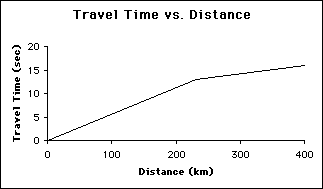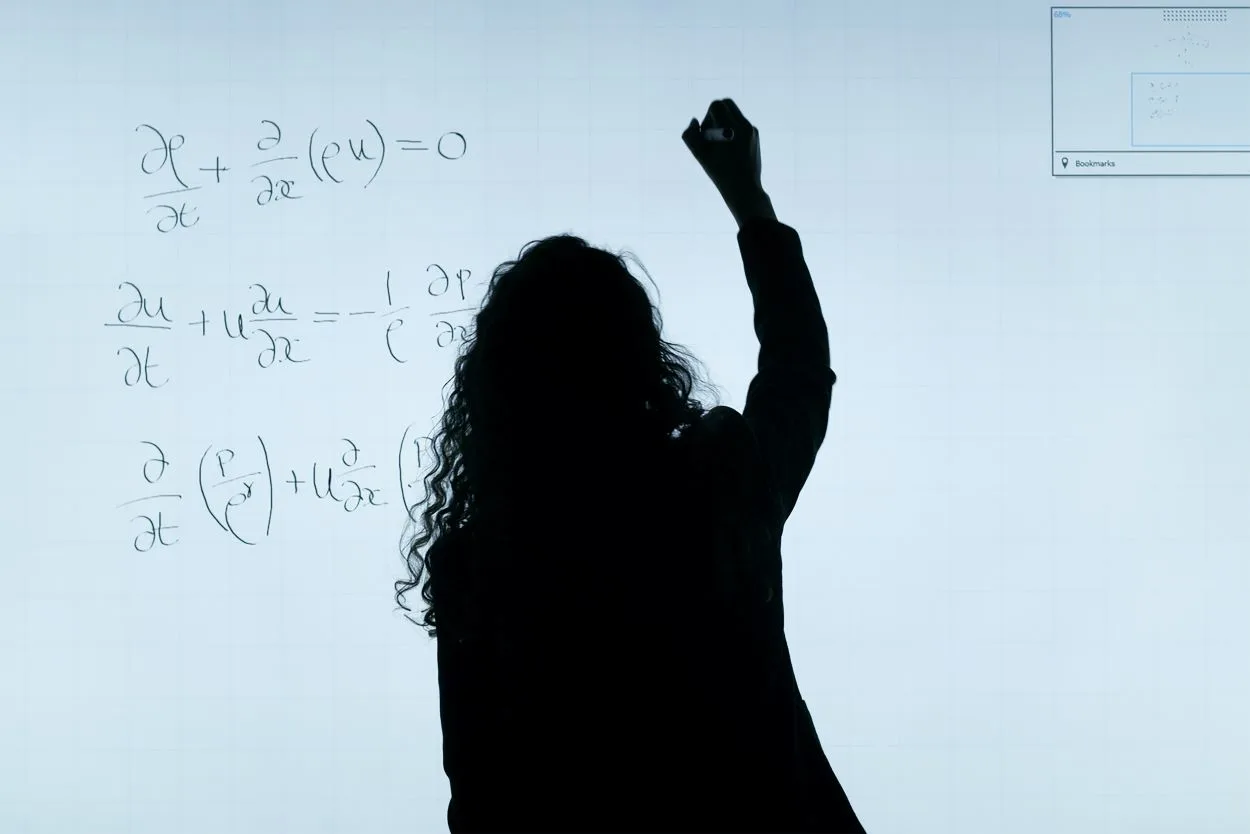If you drive 300 miles at 60 mph, you’ll surely reach your destination in about 5 hours, provided the weather is clear and there is no traffic on the road. However, if you drive at 100 mph, it will take around 3 hours and not 4, as specified in the above-mentioned question.
When you divide 300 miles by 60 mph, you’ll get 5 hours, whereas if you divide 300 miles by 100 mph, the answer is 3 hours. Now, let’s divide 300 miles by 80 mph, and the answer would be 3.75 hours. Therefore, if you drive at a constant speed, it would take you around 3 hours and 45 minutes to reach your desired place.
The question is well-explained in the following table:
| Distance | Speed | Time |
| 300 miles | 60 mph | 5 hours |
| 300 miles | 100 mph | 3 hours |
| 300 miles | 80 mph | 3 hours and 45 min |
Anyway, it is not as straightforward as it seems to be. The time to reach a destination depends upon many factors that we’ll discuss in the subsequent paragraphs, so keep reading!
Time vs. Distance
Time is the domain in itself, making it independent of any other quantity. It does not stop for a moment, neither slows down nor speeds up. It has its own momentum that keeps it moving at its own pace.
However, distance is more of a dependent entity. It depends on time. The difference between destination and origin may be termed as the distance required. Distance may vary in different conditions and as per requirement.
An eternity ago, a race between time and distance started, which will continue till infinity. The winner is always speed or velocity in case of displacement.
Displacement is any distance with a particular direction. As the title suggests, the driver wants an approximation of the time required to reach his destination. However, the time required cannot be exactly estimated.
Challenges in Accurately Predicting Travel Time
As per the research conducted by Phibbs and Luft, it has been suggested that despite using a straight line distance from one place to the required destination, there is a great potential for bias. The correlations that correspond to the interrelativity of these two entities may be very high, indicating a reasonable amount of proxy for the actual time taken to travel.
In another article by Jindal, Chen, and others, it has been suggested that even after devising such intelligent transport systems, it is yet a crucial thing to accurately predict the time required to cover a certain distance.
Different models have been suggested, for example, Spatio – Temporal Neural Network – (ST- NN), which has claimed to reduce the calculation errors by 17% but still has not claimed perfection or absolute zero error.

Time and Distance – What is Velocity?
When we are considering distance and time simultaneously, we are actually considering velocity. When the change in time and distance is proportional or constant, the velocity is said to be constant. Velocity can also be defined as the gradient of the curve drawn between distance and time.

The gradient of this curve at any point will reflect the velocity/speed at that particular moment.
The following video can further gain better insight into the topic.
As the article by Niedzielski and Boschmann suggests, the feasibility of reaching one’s destination does not only depend on distance but also on the transportation networks connecting the origin to the landing-place and activity sites and sociodemographic-dependent mobility.
The speed or velocity depends on such factors and thus cannot be solely calculated by simply dividing distance by time. This speed actually determines the amount of time that will be needed to surpass the required distance.
The probable method used to calculate the time required to reach a certain distance is a purely theoretical way of approximation and does not account for actual or real circumstances, including the change in velocity, which is, of course, a fact that cannot be ignored.
Since maintaining constant velocity for more than a specific time is an ideal case in itself and does not reflect practicality.
Arithmetical Aspect
The above title statement reflects an incorrect estimation. If a person is driving at 100 mph, it will take 3 hours for him to cover the distance of 300 miles and not 4 hours as stated otherwise.
Again the second estimation is also absurd as it will take 3.75 hours (3 hours and 45 minutes) if considering the speed of 80 mph and 4 hours as asked in the question.
In another way, if a person wants to complete his journey in 4 hours it would require him to drive at the speed of 75 mph and not 80 mph or 100 mph.
The gradient of this curve at any point will reflect the velocity/speed at that particular moment.

Is it a Matter of Simple Calculation?
It is not a mere calculation error. In fact, it is more than just a simple maths problem.
The person who raised the query above never declared that it would be solved using Arithmetical logic only, nor did he declare any constant or dynamic conditions and circumstances.
The second part of the statement shows that he has already travelled 4 hours. With a speed of 100 mph to reach 300 miles to the finish line. He probably has missed out on some travel details, which is causing delays and depicts the more realistic side of the question.
Merely it is not only about calculating time as per the formula but rather doing estimation with experience, which shows a sufficient amount of extra time being wasted or spent in unknown or undeclared activities or hurdles that may have caused the delay.
The question at first glance, might seem like an easy arithmetical problem. However, at a deeper look, it can be seen that it is an open-ended question with quite probably missing information or false ones.
Minor Deflections that Go Un-Noticed
Further elaboration on the previous part suggests that the minor details that the person may have overlooked are actually driving the case.
Probably the timings may be differing. For instance, if a person is travelling at off-peak hours, he may get to his destination in a shorter time. However, the same distance will take longer to travel during peak hours.
Another possibility of two different situations with two different experiences of time may be due to the selection of separate routes.
One might be easier to maintain with the speed with smoother and faster tracks, whereas the other route might have speed breakers and damaged roads overall, making it difficult for the driver to maintain speed.
In the last, the situation of closure of tracks that occurs quite frequently can also be not ignored. It might be possible that he may have waited an extra hour for the track to resume with his car at rest with the speed of 0 mph so it took 4 hours to complete 300 miles with a speed of 100 mph instead of 3 hours.

Actual Time May Vary from Expected Ones
The above discussions are perhaps quite much to establish the statement that actual time may vary from expected ones. In fact, it always varies.
The time required to cover a particular distance does not depend on speed solely, rather there are other collective factors, including physical conditions, that play a major contribution. Those physical conditions may include:
- Speed breakers
- Weather conditions
- Closure of roads
- In between breaks, the driver may take to rest/ freshen up
- Car breakdown
- Condition of route
- Traffic condition
- Time slot when one is travelling ( rush hours or resting hours)
There may be other several reasons causing a delay that might not be mentioned here but may exist!

Delusional Impressions
The statement given is perhaps delusional since it does not satisfy the pure arithmetical conditions, nor does it hint that other constraints are involved.
One statement is contradictory to that of another. Taking the first two statements where the complete time taken with a particular speed for the same distance is mentioned does not satisfy the mathematical rules.
There are some questions that we encounter that are neither black nor white but rather grey. The question and situation given are examples of a grey area where nothing seems completely right and nothing seems completely wrong.

Conclusion
- For three hundred miles at 60 mph, it takes 5 hours, and at 100 mph, it takes 3 hours.
- Time estimates vary with different speeds for the same distance.
- Velocity shows driving speed based on the distance covered per time.
- Actual travel time is affected by road conditions, traffic, and breaks. And also by route choice.
- Arithmetic estimations may not mirror real-world driving situations accurately.
- Overlooked details like closures, peak times, and routes impact travel duration.
- Discrepancies in expected vs. actual time stem from various real-world conditions.
- Unclear initial questions and assumptions result in an inconclusive answer about travel time.
Recommended Articles
If you find this piece informative and useful, check out some of my articles:
- What is the Height Difference Between 5’7 and 5’9?
- Leading VS Trailing Brake Shoes (The Difference)
- What is the Difference Between 1080p 60 Fps and 1080p?
- HDMI 2.0 vs HDMI 2.0b (Comparison)
Click here to learn more about these concepts through this web story.

